Happy January from the Music Library! We are excited to be working with the Faculty of Music and School of Cities on their event Towards New Solidarities: Democracy as a Creative Practice. This event, held on January 17, 2025, from 6-10PM will feature a share fair, talks, and performances. The Music Library will be there as well. In tandem with this, we have put together a few of the library's resources that relate to the conversations happening on the day. We encourage you to take a look through them.
Democracy and the arts
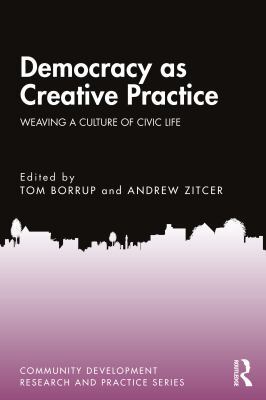
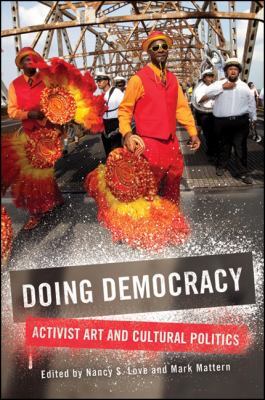
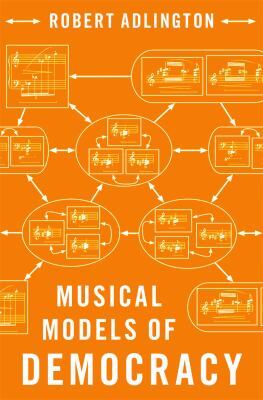
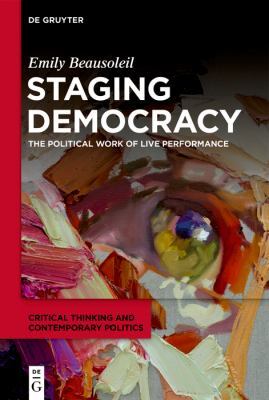
- Democracy as creative practice: weaving a culture of civic life, edited by Tom Borrup and Andrew Zitcer, is the book on which the event is based. The book details the ways that the arts have been used to support democracy around the world. Recommended chapter: “The Ray of Hope Project and Women Composers Festival.”
- Doing democracy: activist art and cultural politics, edited by Nancy Sue Love and Mark Mattern, highlights the ways that the arts have been used to bolster democratic processes. Recommended chapter: The message in the medium: poetry slam as democratic practice” by Mark Mattern.
- Music and democracy: participatory approaches, edited by Marko Kölbl and Fritz Trümpi, traces social movements around the world that intertwine music and participatory democracy together. Recommended chapters: “New Model, Same Old Stories? Reproducing Narratives of Democratization in Music Streaming Debates” by Raphaël Nowak and Benjamin A. Morgan and “Expanding Musical Inclusivity: Representing and Re-presenting Musicking in Deaf Culture through Hip Hop” by Katelyn E. Best.
- Musical models of democracy by Robert Adlington surveys four approaches to the ways that democracy has manifested in music within the Global North. Recommended chapter: “Empowering others: Audience participation as “democracy in action”.”
- Staging democracy: The political work of live performance by Emily Beausoleil uses the performing arts to examine the ways it can offer a democratic voice. Recommended chapter: “Staging deliberation: Forum Theatre as ‘living laboratory’ in Canada.”
Democracy and the digital
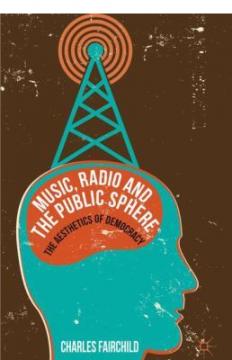 Music and democracy in America: historical perspectives on ‘democratization’ in the digital age" by Nancy Weiss Hanrahan investigates the discourse of democratization within music and how the definition and form of democracy has changed over time.
Music and democracy in America: historical perspectives on ‘democratization’ in the digital age" by Nancy Weiss Hanrahan investigates the discourse of democratization within music and how the definition and form of democracy has changed over time.
Democratisation without democracy: musical discourse in the digital age" by Nancy Weiss Hanrahan picks up from her earlier work. She analyzes the way the relationship between democracy and music interact, drawing on the work of Jeffrey Goldfarb.
Music, digitalization, and democratic elections: the changing soundtrack of electoral politics in the UK" by Adam Behr examines the music used in politics in the UK, separating out how this works both within and outside of political parties.
Music, radio and the public sphere: the aesthetics of democracy by Charles Fairchild details how democratic aesthetics play out within the radio, with relevant lessons for other forms of media. Recommended chapter: “What does a civil society sound like?”
Music and politics
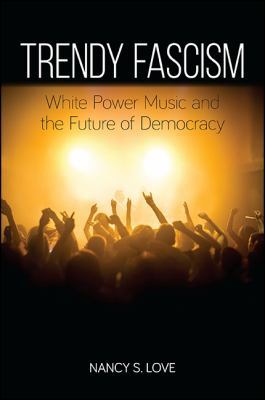
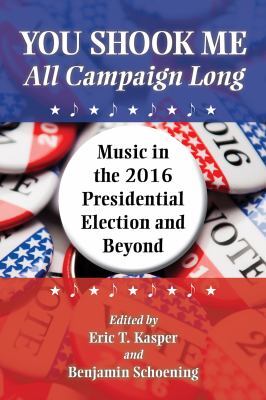

- Trendy fascism: white power music and the future of democracy by Nancy Sue Love traces the ways that music has been used to cony white supremacist ideologies, particularly in the political context, and especially for youth.
- You shook me all campaign long: music in the 2016 presidential election and beyond edited by Eric T. Kasper and Benjamin S. Schoening features a series of chapters offering perspectives of the use of music in the 2016 presidential campaign. Recommended chapter: “Political music, media spectacle, and organizational communication competence: what the wrong songs suggest about candidates and their campaigns” by Nancy Wiencek, Jonathan Millen, and David R. Dewberry.
- Resonances against fascism: modernist and avant-garde sounds from Kurt Weill to Black Lives Matter, edited by Laura Chiesa, argues for the ways that music has been used to combat fascism. Recommended chapter: “Outside In: Chorus and Clearing in the Time of Pandemic and Protest” by Julie Beth Napolin.